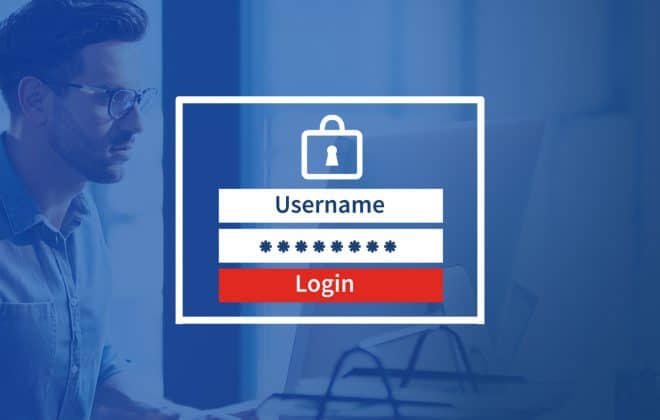Cybersecurity has never been more important than it is today. With so many companies getting breached in different ways, one of the easiest ways to protect yourself is with a secure password. Today’s hackers have become very capable of attacking and compromising even the most trusted computing environments. However, employing strong passwords and using them properly, will help to safeguard company and personal information.
9 Guidelines for Creating Secure Passwords
Below are some guidelines to follow when creating and maintaining your passwords:
-
Use at least 10 Characters in your Passwords
Choose a password that is at least 10 characters long since they’re harder to crack than shorter ones. Consider using longer lengths or phrases for even greater security.
-
Complexity Requirements – Use the 10+4 Rule
Consider using a 10 + 4 rule. Use 10 characters mixing in upper and lower case letters, numbers, and special characters. Make sure to spread the numbers and special characters throughout the password, rather than just at the start or the end.
-
Avoid Personal\Public Info and Common Words
Information such as your name and address are readily available and will be a first choice for hackers when generating thousands of combinations quickly from dictionary words. Consider using random characters instead.
-
Avoid Sharing Passwords Across Accounts
Minimize risk and use different passwords for each account you have.
-
Avoid Storing Your Passwords in a Document
Documents containing your passwords should never be stored at your desk, on your computer, the network, or the cloud.
-
Never Share Your Credentials with Others
Keep your credentials to yourself. If someone needs your password, they should go to IT for assistance.
-
When Changing Passwords, Change it Completely
When changing your password, try to change your password completely vs. adding an extra character or number at the end.
-
Avoid Changing Your Passwords Too Frequently
A well-developed password can last for three months or more. This will discourage using passwords that leverage patterns such as Password1, Password2, and so on.
-
Consider Using a Password Management Tool
Applications such as LastPass and Keeper are very good for managing and/or storing passwords, and have the ability to generate strong passwords. Many applications today have the ability to sync across devices and fill in forms automatically.
Does your software have business rules in place to automate secure password best practices? Contact Liventus today to see how we can improve your software and existing security applications.


